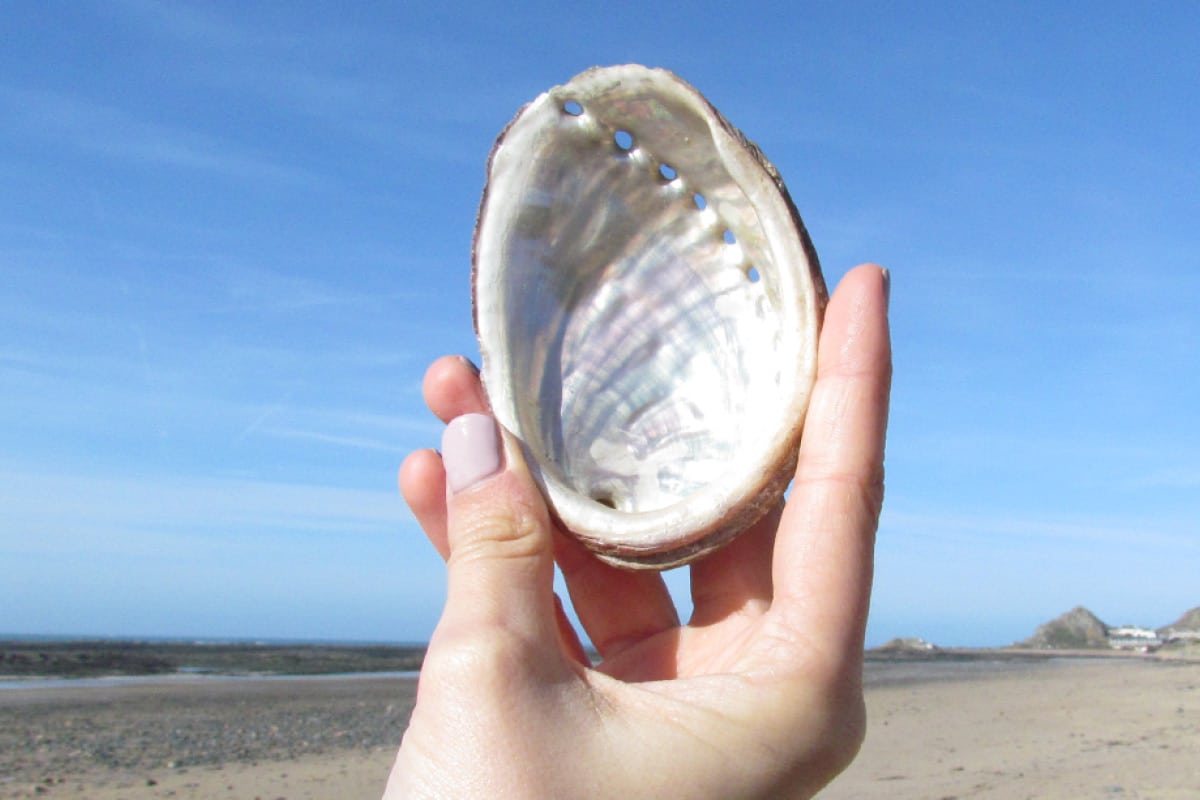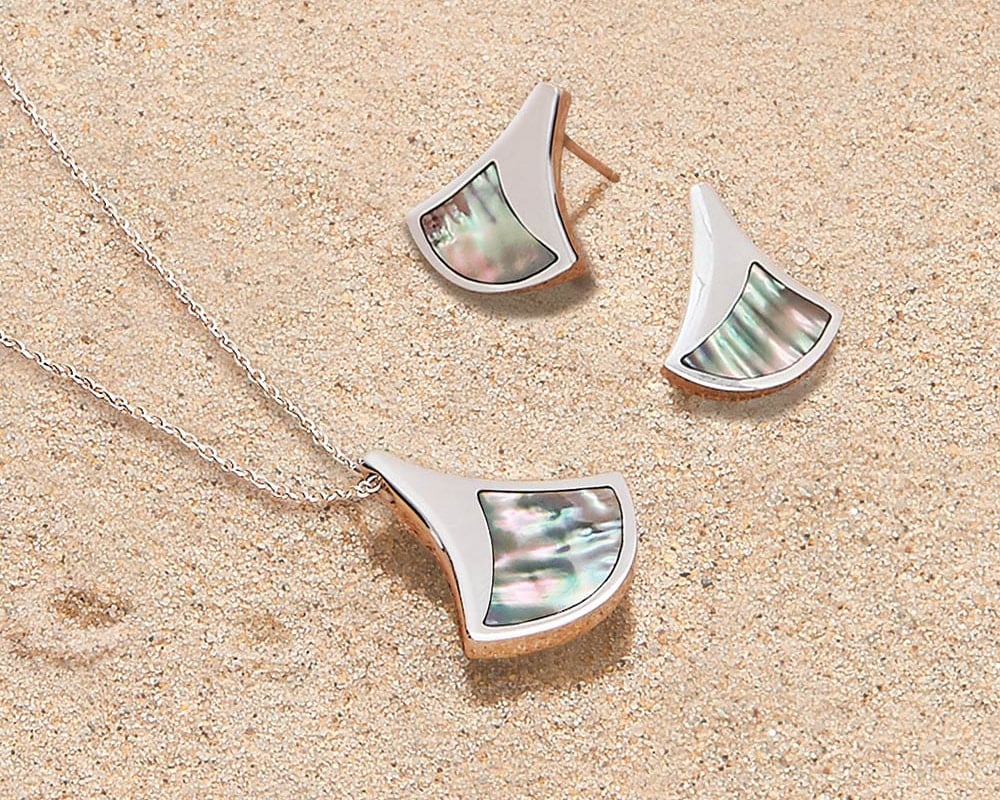Jersey Ormer
The colour of rainbows in sand, ormer is Jersey’s very own mother of pearl that is found on the island’s coast. For centuries, ormers have been eaten and traded, with their beautiful shell used for a variety of decorative purposes. They are an important part of Jersey’s cultural heritage and marine ecology, so here’s a little insight into their rare and fascinating world.
‘Ormer’ is the Jersey name for abalones, which are nacre-producing marine snails. Ormers grow naturally all over the world, including the Channel Islands. Their highest concentration is around Jersey and the Brittany coast. Much like limpets, they use a ‘foot’ to attach to the seabed and so are found exclusively on rocks and boulders.
An ormer will take three to four years to grow to 9cm in length, and a fully mature ormer can reach 15.5cm. They have a long lifespan, living more than 15 years in the right conditions.
As food, ormers saw Jersey folk safely through many hard times, such as occupation during World War II. Ormers have also been used in a variety of decorative items, from furniture and musical instruments to buttons and jewellery. Ormer mother of pearl is a distinctive sandy colour, criss-crossed by rainbows of light – making it sought-after throughout history.
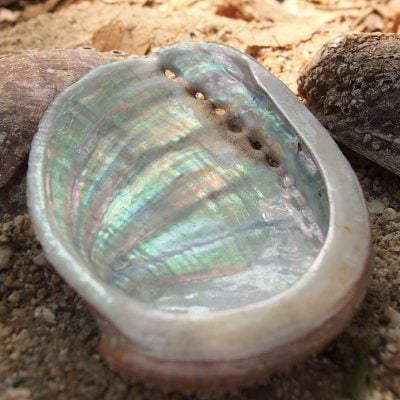
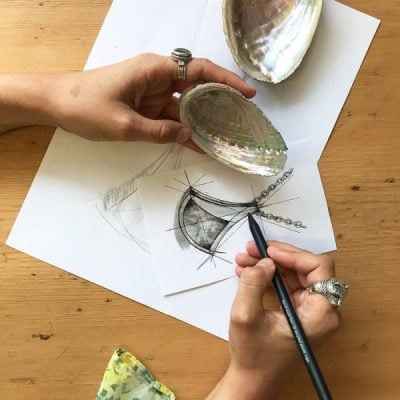
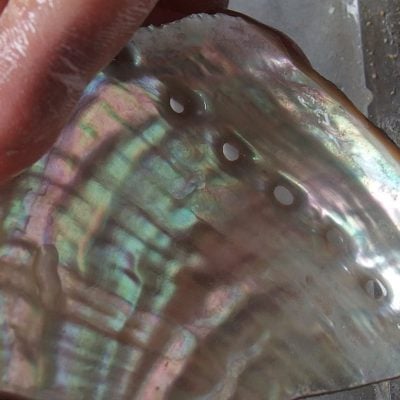
HOW IS ORMER CONNECTED TO JERSEY?
Ormers and ormering (that’s the collection of ormers by hand) are a proud part of Jersey’s island heritage.
The shores of le Hocq are a popular spot for ormering, which has taken place there for centuries. Ormering is traditionally done in the first four months of the year – especially during the days around new and full moons, when very low ‘ormering tides’ make for favourable conditions. People usually go out with a bag and turn rocks and boulders to find ormers, which are remarkably difficult to discover thanks to the natural camouflage of their outer shell.
Strict controls state that ormers may only be collected from dates in October through to April. Diving for ormers is not permitted in Jersey to preserve the sustainability of the species.
In old Jersey homes, ormer shells are often built into the mantlepieces and front steps of houses. It is fair to say that this little mollusc has a very dear place in the hearts of Jersey folk.
tis much bigger than an oyster and like that, good, either fresh or pickled, but infinitely more pleasant to the gusto, so that an epicure would think his pallat in paradise if he might but always gormandise on such delitious ambrosia
Anonymous, 1673
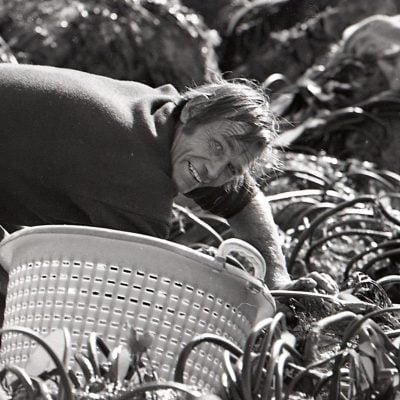

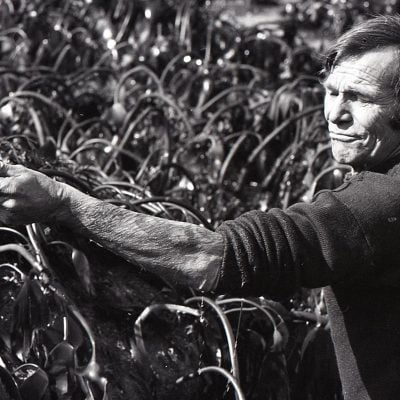
Ormering and the Environment
We care about our planet and take measures to ensure we impact our environment positively. This includes a responsible and sustainable approach to ormering. We source our ormers from trusted local collectors – such as Trevor Le Cornu, who is a third generation ormerer. If you want to learn more about this unusual occupation, click here to read an interview.
